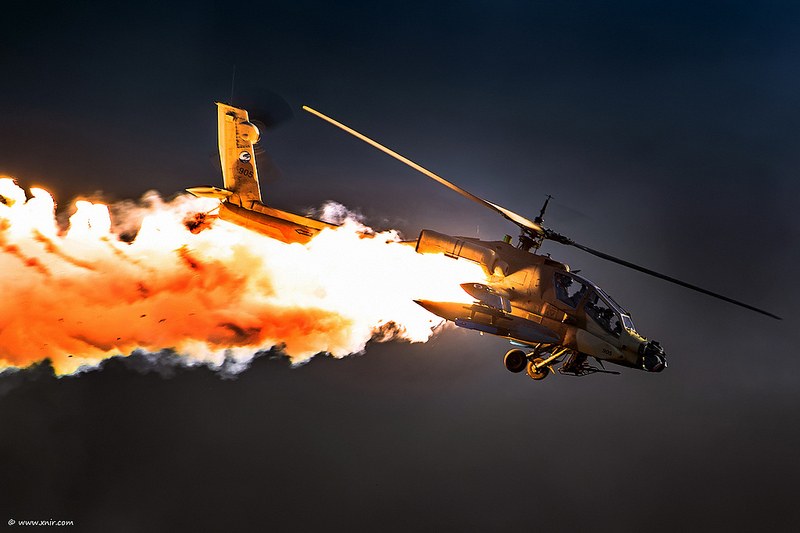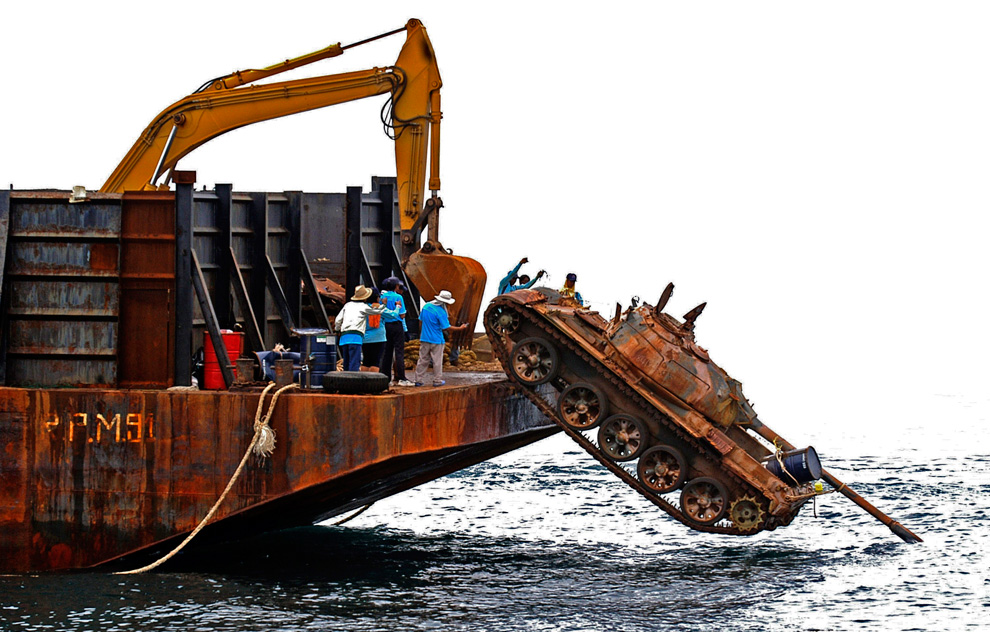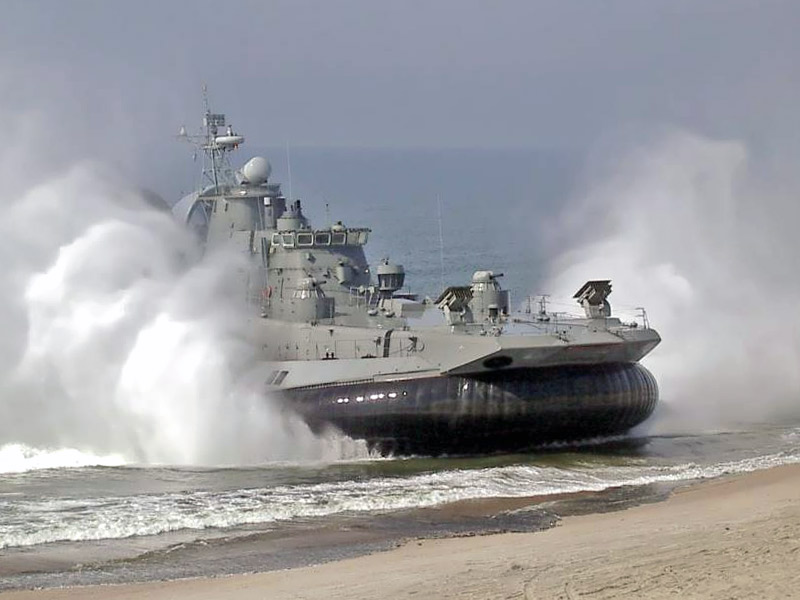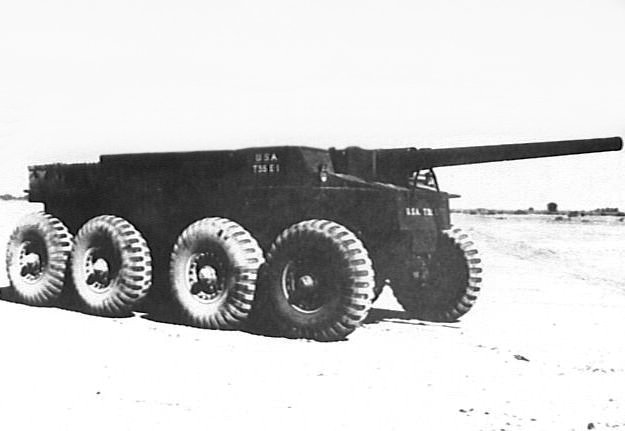От: Оръжията през обектива...
Големите металните по принцип са си фарадееви клетки.
По-малките не-метални си имали медна плоча някъде под ватерлинията. Ето ти част от щатския правилник за малките. Всъщност май не е правилник а съветник :
LIGHTNING PROTECTION CODE

The National Fire Protection Association, Lightning Protection Code, suggests a number of ways in which the boater can protect his boat and minimize damage if the boat is struck or is in the vicinity of a lightning strike. These suggestions are summarized below:
Големите металните по принцип са си фарадееви клетки.
По-малките не-метални си имали медна плоча някъде под ватерлинията. Ето ти част от щатския правилник за малките. Всъщност май не е правилник а съветник :
LIGHTNING PROTECTION CODE

The National Fire Protection Association, Lightning Protection Code, suggests a number of ways in which the boater can protect his boat and minimize damage if the boat is struck or is in the vicinity of a lightning strike. These suggestions are summarized below:
- A lightning protective mast will generally divert a direct lightning strike within a cone-shaped radius two times the height of the mast. Therefore, the mast must be of sufficient height to place all parts of the boat within this cone-shaped zone of protection (see Figure 6).
- The path from the top of the mast to the "water" ground should be essentially straight. Any bends in the conductor should have a minimum radius of eight inches (see Figure 7).
- To provide adequate protection, the entire circuit from the top of the mast to the "water" ground should have a minimum conductivity equivalent to a No. 8 AWG copper conductor. If a copper cable is used, the individual strands should be no less than No. 17 AWG. Copper metal or strips should be a minimum of No. 20 AWG.

- Major metal components aboard the boat, within six feet of the lightning conductor, should be interconnected with the lightning protective system with a conductor at least equal to No. 8 AWG copper. It is preferable to ground the engine directly to the ground plate rather than to an intermediate point in the lightning protection system.
- If the boat's mast is not of a lightning protective design, the associated lightning or grounding connector should be essentially straight, securely fastened to the mast, extended at least 6 inches above the mast and terminate in a sharp receiving point.
- The radio antenna may serve as a lightning protective mast, provided it and all the grounding conductors have a conductivity equivalent to No. 8 AWG copper and is equipped with lightning arrestors, lightning protective gaps, or means for grounding during electrical storms. Most antennas do not meet these requirements. The height of the antenna must be sufficient to provide the cone-shaped zone of protection.
- Antennas with loading coils are considered to end at a point immediately below the loading coil unless this coil is provided with a protective device for by-passing the lightning current. Nonconducting antenna masts with spirally wrapped conductors are not suitable for lightning protection purposes. Never tie down a whip-type antenna during a storm if it is a part of the lightning protection system. However, antennas and other protruding devices, not part of the lightning protection system, should be tied down or removed during a storm.
- All materials used in a lightning protective system should be corrosion-resistant. Copper, either compact-stranded, concentric-lay-stranded or ribbon, is resistant to corrosion.
- The "water" ground connection may be any submerged metal surface with an area of at least one square foot. Metallic propellers, rudders or hull will be adequate.
- On sailboats, all masts, shrouds, stays, preventors, sail tracks and continuous metallic tracks on the mast or boom should be interconnected (bonded) and grounded.
- Small boats can be protected with a portable lightning protection system. This would consist of a mast of sufficient height to provide the cone of protection connected by a flexible copper cable to a submerged ground plate of at least one square foot. When lightning conditions are observed in the distance, the mast is mounted near the bow and the ground plate dropped overboard. The connecting copper cable should be fully extended and as straight as possible. The boaters should stay low in the middle or aft portion of the boat.













Коментар